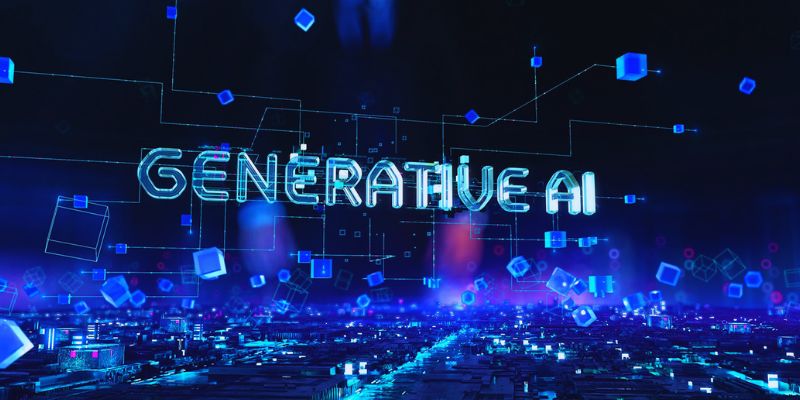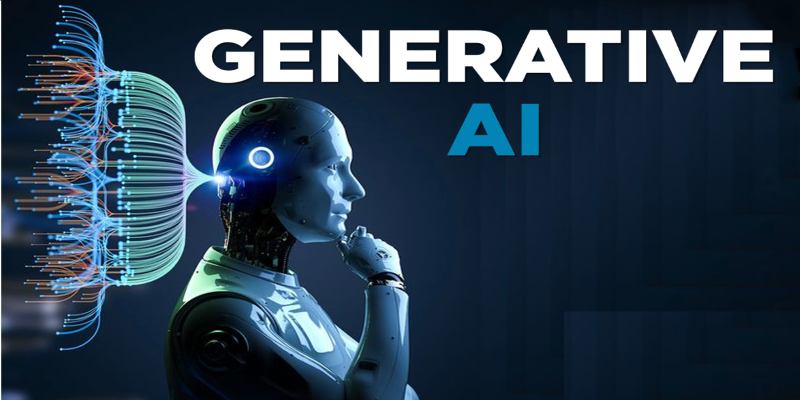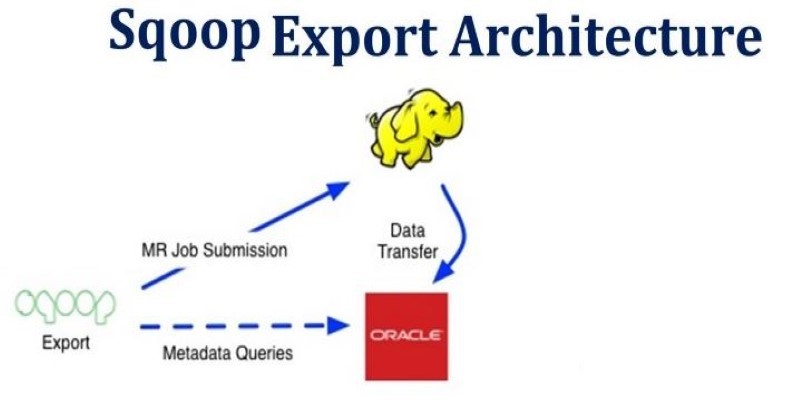Advertisement
Generative artificial intelligence is revolutionizing industries by producing content, graphics, code, and even synthetic medical data. It drives innovation across diverse fields through advanced algorithms that enable unprecedented creativity and automation. From text generation to medical diagnostics, generative AI continues to grow more powerful and versatile. These tools enhance modern workflows by offering greater speed, precision, and scalability.
Professionals across sectors are adopting generative AI solutions for their efficiency and flexibility. Organizations can identify the most suitable AI tools for their needs by evaluating specific use cases. Understanding different generative AI models is essential for ensuring responsible and effective implementation. This guide explores how generative models transform everyday tasks—and highlights their benefits, limitations, and best practices for ethical, high-impact use.

Generative AI tools are transforming how content is created, enabling the production of blogs, summaries, articles, and product descriptions with remarkable speed and scale. These models, trained on vast datasets, can turn simple prompts into coherent, full-length paragraphs, providing rapid drafting and editing support for writers. Journalists use them to outline or summarize long stories, while businesses streamline the creation of marketing materials, internal communications, and emails. SEO teams quickly build keyword-optimized blogs, and educational sites create customized learning resources.
However, challenges remain. Issues of originality and factual accuracy are ongoing concerns, and the credibility of AI-generated content depends heavily on human oversight and quality control. Content created by artificial intelligence needs ethical direction. These tools still need human assessment. The best results come from juggling creativity with mechanization. Generative artificial intelligence keeps developing in text tasks. It helps let content makers scale faster. Proper application of generative AI content generation tools increases production while maintaining brand voice.
Generative artificial intelligence changes the design field by producing art, logos, and product prototypes. DALL-E and Midjourney are among the tools that create images from text input. Designers accelerate test concepts and idea development. Custom images created by marketing teams serve campaigns. Fashion companies apply it to computerized clothes designs. Game developers create characters and backgrounds faster. Architects see buildings with reasonable renderings. These instruments cut the manual effort required in visual chores. For non-designers, they also provide creative inquiry. Copyright issues and plagiarism run threats, though.
Image creation ethics have to be given great regard. Some systems let artists choose not to be part of datasets. The quality of training data affects outputs at last. AI-generated photos still need human improvement. Combining artificial intelligence with creativity guarantees unique ideas. Every year, image-based generative models are becoming better. They reinvent how images are created in many different fields. Create generative AI images to promote faster, varied, scalable design outcomes.
Compositions produced by artificial intelligence and voice synthesis are changing the music landscape. Instruments, including AIVA and Amper, aid melodic composition. Producers provide background scores for films and games. Podcasters build synthetic voices for narrative. AI tunes and matches speed to personal taste. AI drives consistent sound identity in audio branding. Voice cloning creates accessible, authentic voices. AI helps film companies create realistic soundtracks. These instruments cut production expenses and save time. They also give experimental creative flexibility.
Originality and copyright questions still present difficulties, though. Ethical use of AI-generated audio requires openness. One should get training on approved materials. Some musicians use artificial intelligence to co-create tunes. These models answer emotional cues and call for action. Excellent outputs depend on the quality of training data. With artificial intelligence help, musicians can broaden their approach. Generative artificial intelligence in music advances creative sound generation. Using generative AI content generation technologies, audio producers efficiently explore fresh ideas.
Data modeling and healthcare diagnostics benefit from generative artificial intelligence's increasing influence. AI generates artificial patient data for training needs. It makes strong machine learning possible while supporting privacy. Tools create medical images, including MRIs and CT scans. Doctors use these in research and diagnosis training. Before actual testing starts, artificial intelligence models replicate medication reactions. Synthetic data helps healthcare planners enhance systems. AI analyzes genetic data patterns. It advances the development of treatments and research on uncommon diseases.
Generative AI helps reduce diagnostic errors caused by human oversight. Using predictive insights improves decision-making. Accuracy and openness are still quite crucial, though. Models have to be proved against actual data. The top concerns are data privacy and ethics. AI-generated conclusions should be supervised by medical staff. However, they help doctors and artificial intelligence tools never replace them. Generative AI applications in healthcare enhance results through better data analysis. These tools help hospitals plan better and facilitate speedier diagnosis.

AI is altering software maintenance and development. GitHub Copilot is one of the generative technologies that helps programmers with code recommendations. They generate code based on comments or partial inputs, assisting with task completion. These tools create additional documentation and code summaries. Junior programmers pick them up faster to grow. Teams accelerate the steps of testing and deployment. Companies streamline tedious coding chores. They also rapidly investigate several solutions with artificial intelligence support.
Some tools provide performance optimization and security checks. Developers must, nevertheless, closely review AI programming. Bugs and prejudices are still visible. Unlike humans, AI lacks contextual understanding and domain experience. Using artificial intelligence for coding calls for moral programming guidelines. AI training on open-source data raises intellectual property issues. Tools for generative artificial intelligence coding generation increase developer output. Artificial intelligence helps software teams innovate faster. These tools change software engineering across platforms and sectors with sensible use.
Generative AI is transforming design, content, healthcare, and software development. Every kind has special advantages and disadvantages. Appropriate use enhances ethical compliance and accuracy: faster results and fewer expenses help teams. Reliability and originality still depend on essential human oversight. The correct model will rely on certain objectives and sectors. Knowing use cases maximizes advantages. Adoption must give data privacy and originality priority. Companies looking at generative AI content production or generative AI code generation should carefully evaluate technologies. As these technologies develop, they will help to shape a more clever and effective digital future.
Advertisement

Learn about landmark legal cases shaping AI copyright laws around training data and generated content.

Learn how to use ChatGPT for customer service to improve efficiency, handle FAQs, and deliver 24/7 support at scale

Artificial intelligence accurately predicted the Philadelphia Eagles’ Super Bowl victory while a quantum-enhanced large language model launched, showcasing AI’s growing impact in sports and technology

How the semi-humanoid AI service robot is reshaping commercial businesses by improving efficiency, enhancing customer experience, and supporting staff with seamless commercial automation

What Amazon Bedrock is and how AWS’s generative AI service helps businesses access powerful foundation models, customize AI applications, and simplify integration through a single platform

Explore the top 11 generative AI startups making waves in 2025. From language models and code assistants to 3D tools and brand-safe content, these companies are changing how we create

A company developing AI-powered humanoid robots has raised $350 million to scale production and refine its technology, marking a major step forward in humanoid robotics

Why is Alibaba focusing on generative AI over quantum computing? From real-world applications to faster returns, here are eight reasons shaping their strategy today

Microsoft’s in-house Maia 100 and Cobalt CPU mark a strategic shift in AI and cloud infrastructure. Learn how these custom chips power Azure services with better performance and control

Google's Willow quantum chip boosts performance and stability, marking a big step in computing and shaping future innovations

How Apache Sqoop simplifies large-scale data transfer between relational databases and Hadoop. This comprehensive guide explains its features, workflow, use cases, and limitations

How Amazon is using AI to fight fraud across its marketplace. Learn how AI-driven systems detect fake sellers, suspicious transactions, and refund scams to enhance Amazon fraud prevention